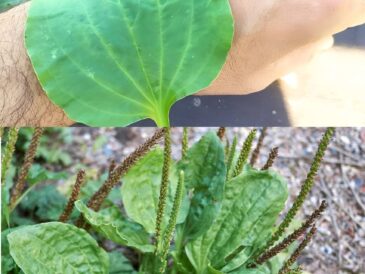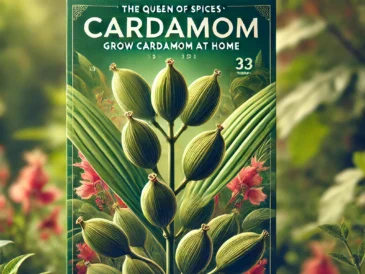2. The Teaspoon Miracle: Epsom Salt for Bloom Boosting
Now that the basics are covered, let’s move on to the special trick—a teaspoon of Epsom salt. Epsom salt is rich in magnesium sulfate, a mineral that can significantly boost the health and blooming potential of your orchid.
- Why Epsom Salt?
- Magnesium is a vital component of chlorophyll, which plants use in photosynthesis. It helps your orchid absorb other essential nutrients and promotes vigorous growth.
- Sulfate improves the overall health of the plant, aiding in the production of strong roots and stems, which are crucial for supporting blooms.
- How to Use It:
- Mix the Solution: Dissolve 1 teaspoon of Epsom salt in 1 gallon of water. Make sure the salt is fully dissolved to prevent any residue that could harm the plant.
- Application: Water your orchid with this solution once a month, in place of your regular watering. Make sure the water drains out completely to avoid root damage.
- Timing: The best time to apply this solution is during the growing season, typically in spring and summer, when the orchid is most active.
3. Additional Tips for Promoting Orchid Blooms
To further enhance your orchid’s blooming potential, consider the following additional tips:
- Temperature Variations:
- Orchids often require a slight drop in temperature at night to trigger blooming. A difference of 10-15°F between day and night temperatures can encourage flower spikes.
- Tip: Move your orchid to a cooler room at night or open a window to create this temperature difference.
- Prune Dead Spikes:
- After your orchid has finished blooming, cut back the dead flower spike to encourage new growth. Cut the spike just above a node to stimulate the development of a new shoot.
- Tip: Sterilize your pruning shears before cutting to prevent the spread of disease.
- Repotting:
- Orchids should be repotted every 1-2 years to refresh the growing medium, which can break down and compact over time, leading to poor root health. Use a well-draining orchid mix made of bark, perlite, and charcoal.
- Tip: The best time to repot is right after the orchid has finished blooming.
4. Patience and Consistency
Orchids are slow growers, and it can take time for them to respond to care adjustments. Be patient and consistent with your care routine, and your orchid will reward you with stunning, long-lasting blooms.
5. Final Thoughts: Orchids in Bloom
By combining proper care with the occasional use of Epsom salt, you can help your orchid reach its full blooming potential. This simple, natural method not only boosts the health of your orchid but also increases the number of flowers it produces, making it a centerpiece of beauty in your home.
With a teaspoon of effort and attention to detail, your orchid will bloom miraculously, delighting you with its stunning display of flowers.





